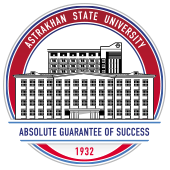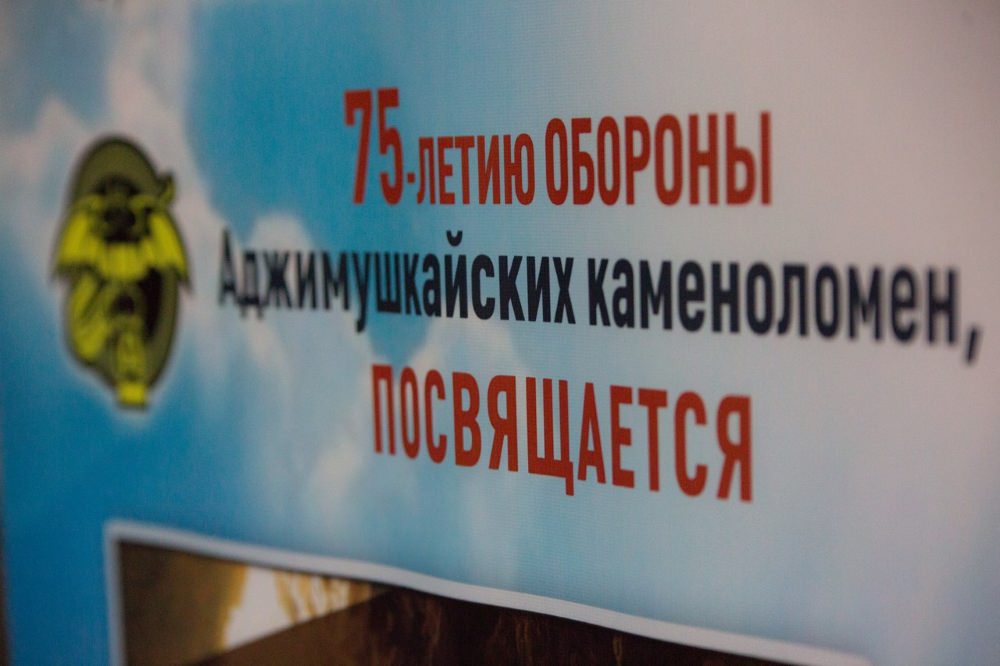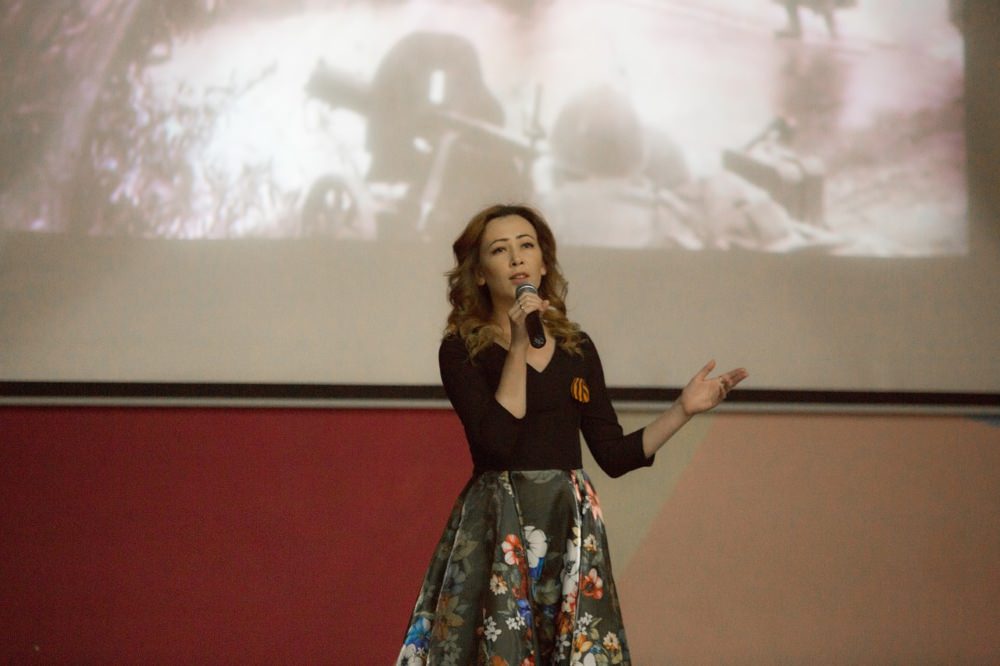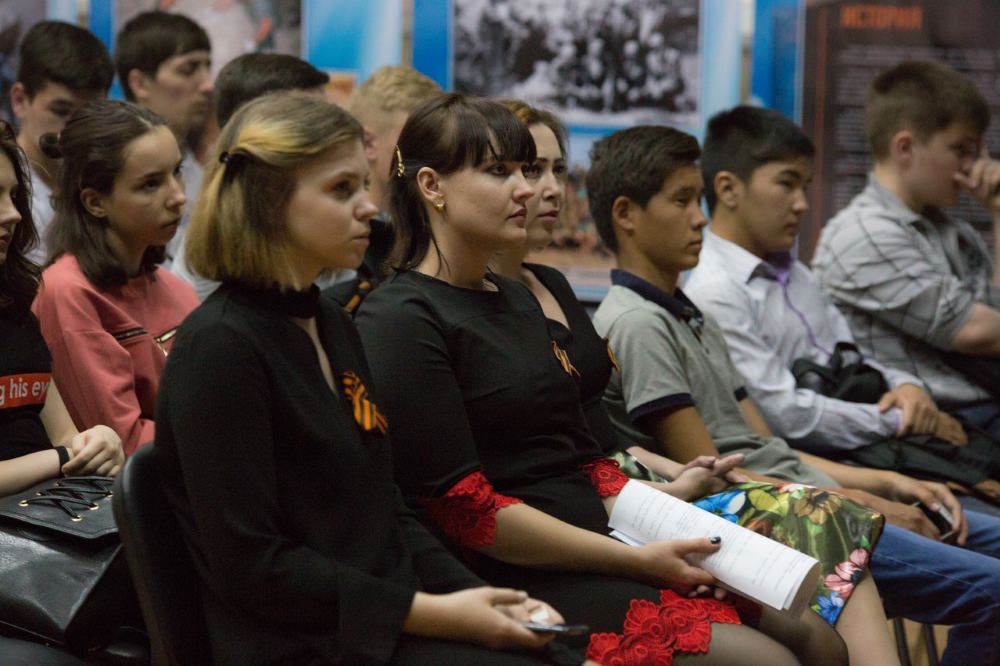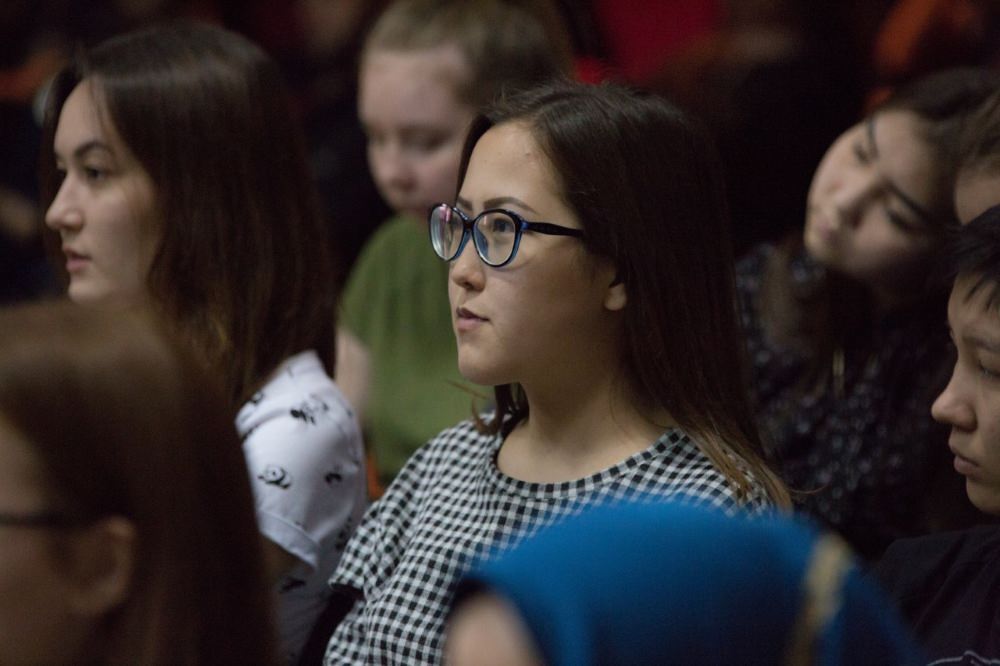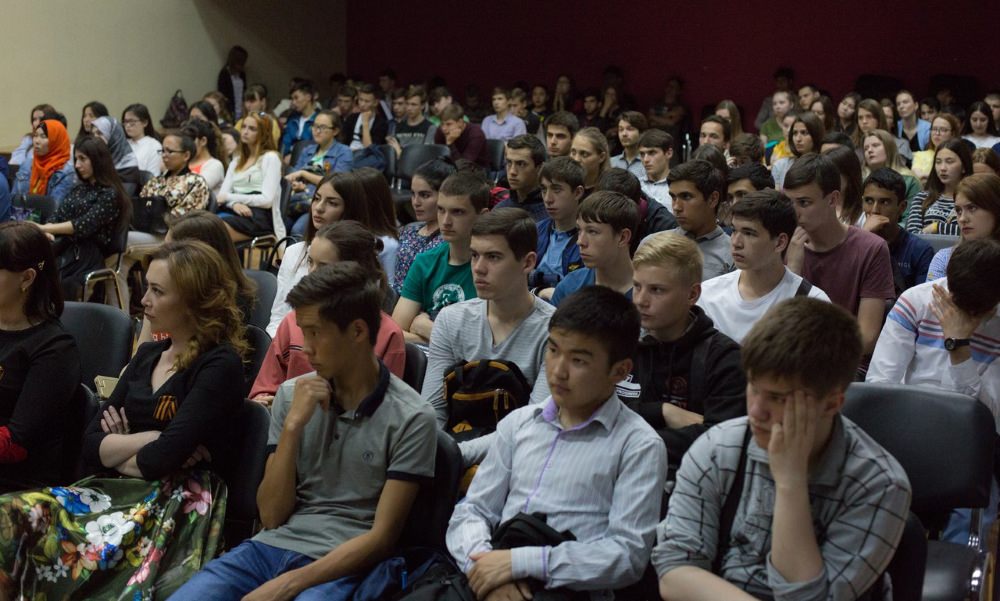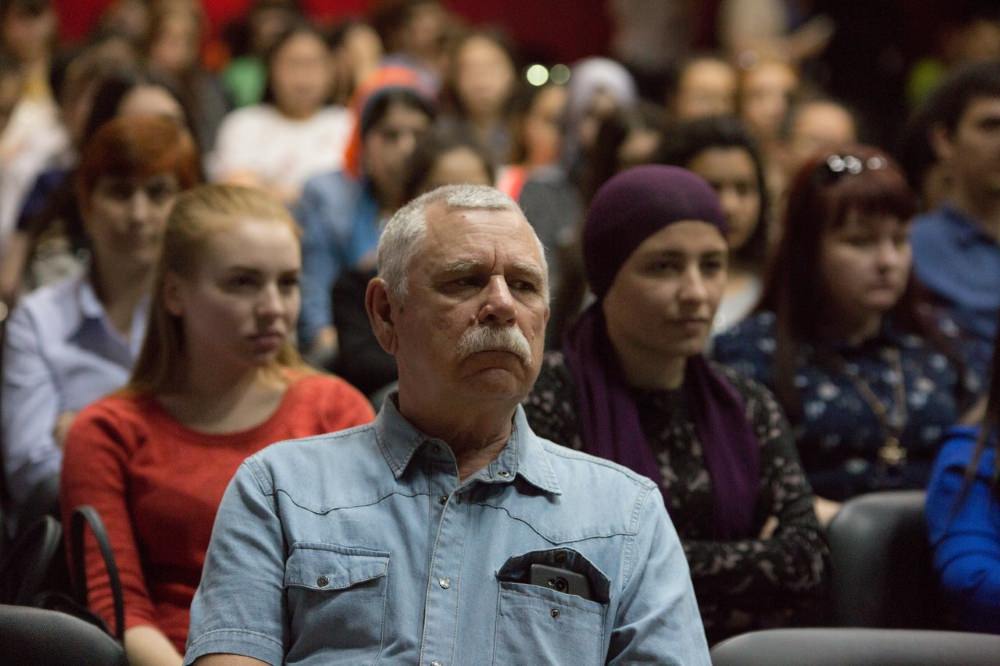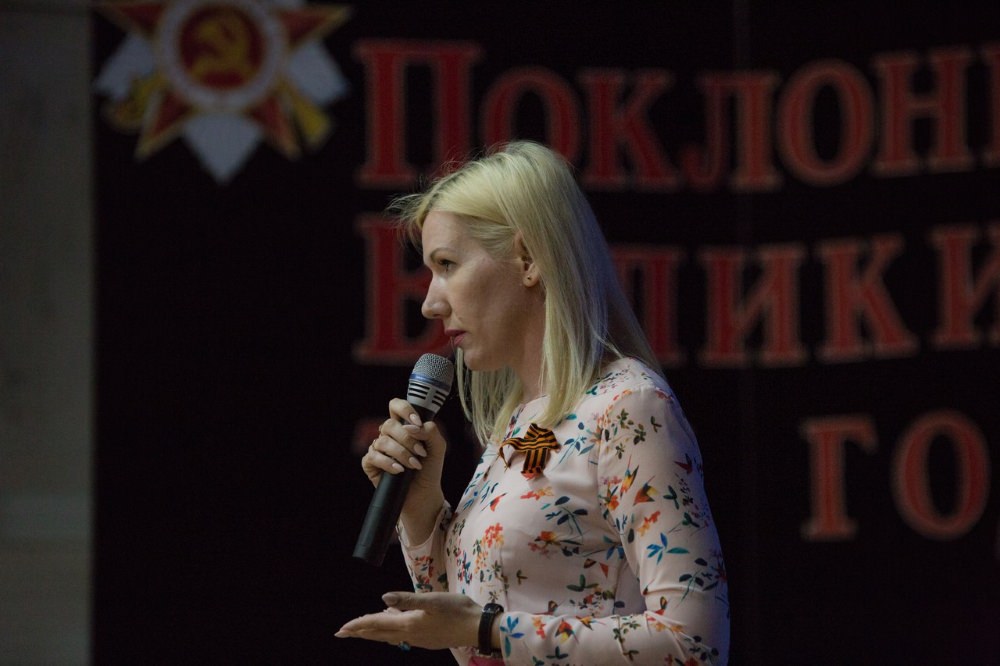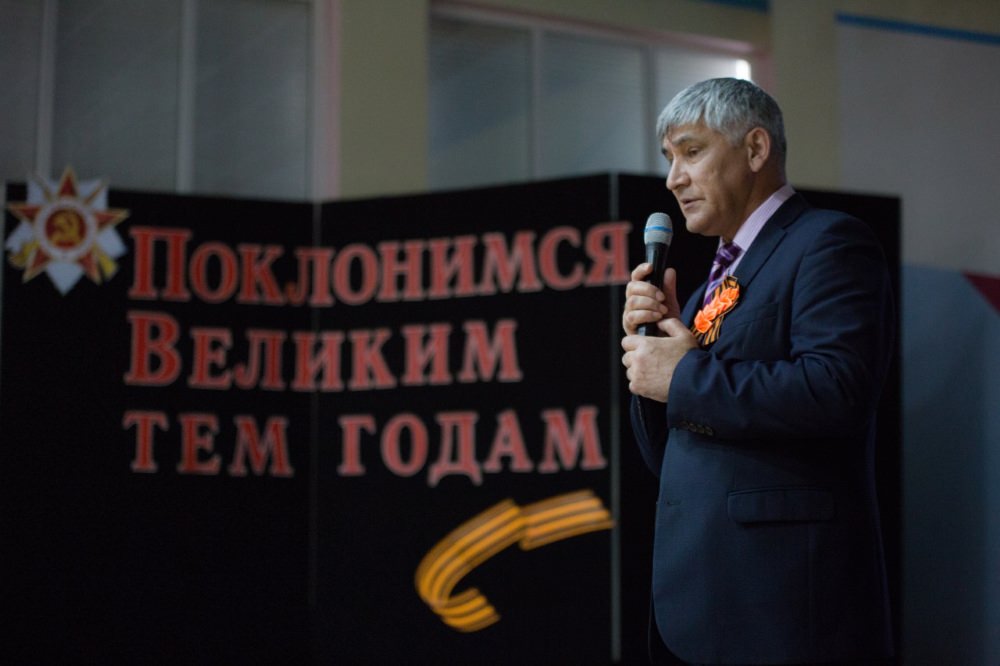ASU Search Team Members Tell Students of ASU about WW2 Heroes of Underground Garrison
 11.05.2018
11.05.2018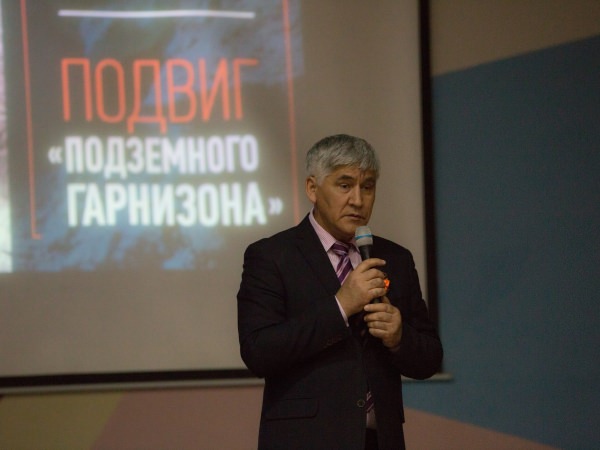
Reps of the regional branch of Russia’s Search Movement and the Patriot search team of Astrakhan State University arranged a special event dedicated to the hero city of Kerch and defense of the Ajimushkai Stone Quarries during World War 2.
Catacombs of Kerch stretch for many kilometers; they end beneath the Azov Sea. In 1942, over 10, 000 Soviet soldiers defended them from Nazi invaders for several months. They protected the retreat and evacuation of the Crimean Front’s units to the Taman Peninsula; people of Astrakhan Region were among those heroes. Many civilians of Kerch hid in the stone quarries, too. Facing a horrible frost, without food and water, people were trying to survive together with their kids. They were being bombarded and poisoned with toxic gases. Over 15, 000 people perished there in 1941-1942.
Our students were told about the heroic fate of Colonel Pavel Yagunov, who headed the defense of the quarries. Under harshest conditions, he arranged a strong defense system and sustained the military discipline. He got a mortal wound during a Nazi bombardment and was buried in the catacombs that he defended so boldly.
The event organizers also told the young people at what a horrible price the Victory was gained by Russia in World War 2. The peaceful sky of today was paid by lives of millions of our countrypeople.
Remains of Soviet warriors and civilians are still lying under the ground in the Ajimushkai Stone Quarries. Search teams arrange regular expeditions and go down to the catacombs. Ms. Kseniya Gorobets, Head of our Patriot search team and Deputy Dean of our Department of Secondary Professional Education, tells: “Search activities in quarries beneath Kerch are among the most complicated ones. We dig thru huge piles of stones blocking our way; we go down deep under the ground to find remains of the deceased”.
Mr. Alexander Dairov, Chief of the Astrakhan Search Movement, told about expeditions to Ajimushkai Stone Quarries, too. There was also a documentary shown to our students, as well as a photo exhibition with archive shots about search teams’ work.
